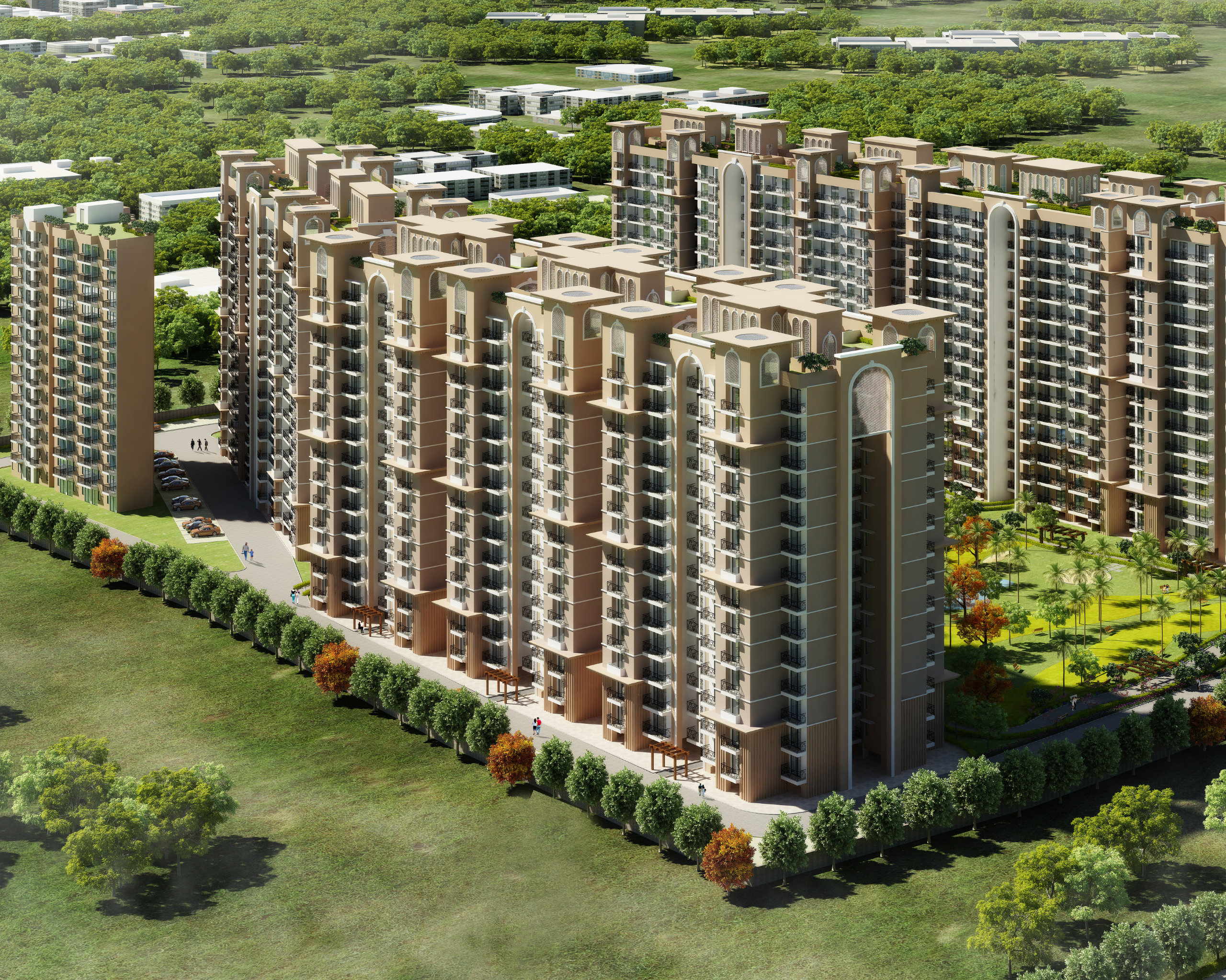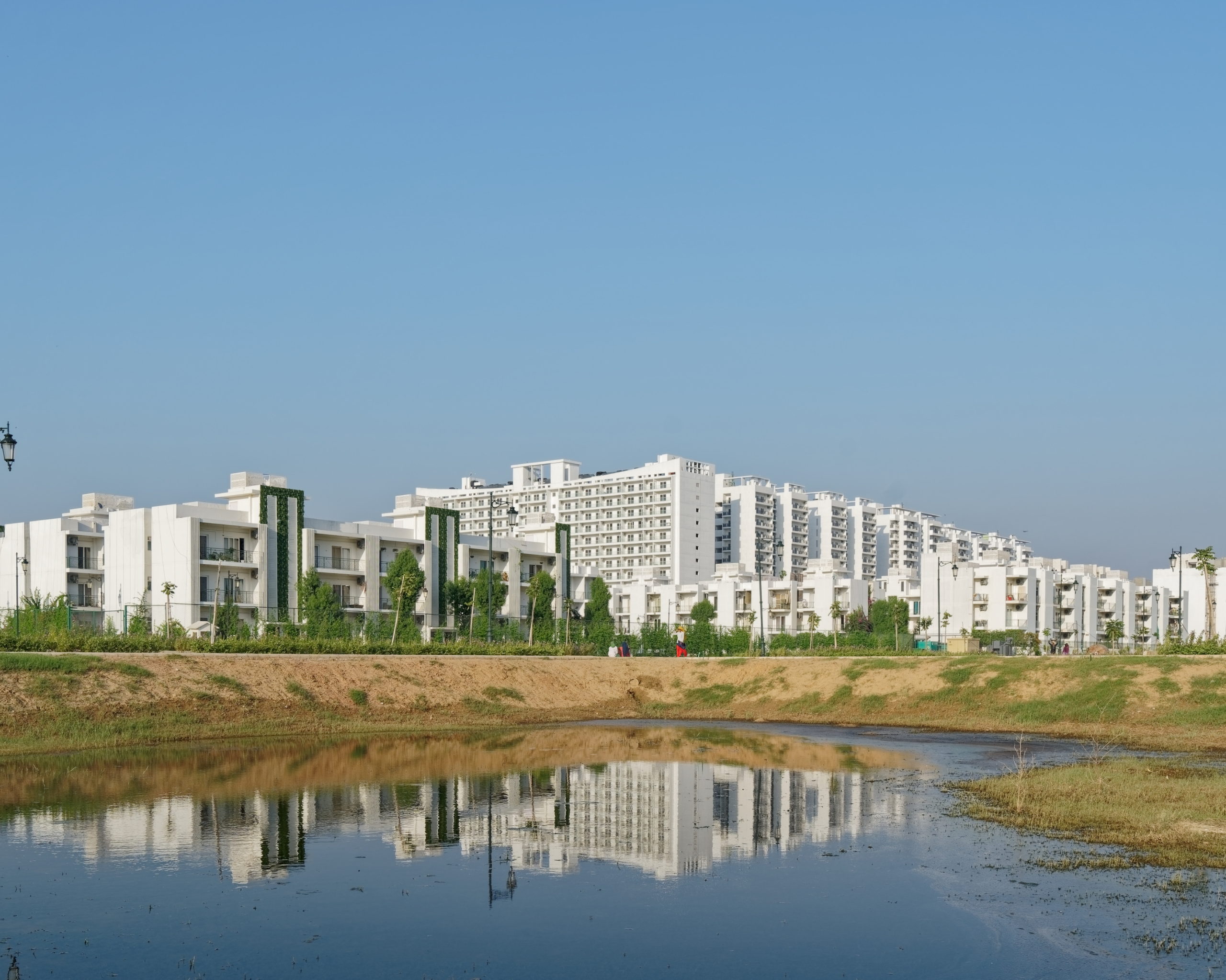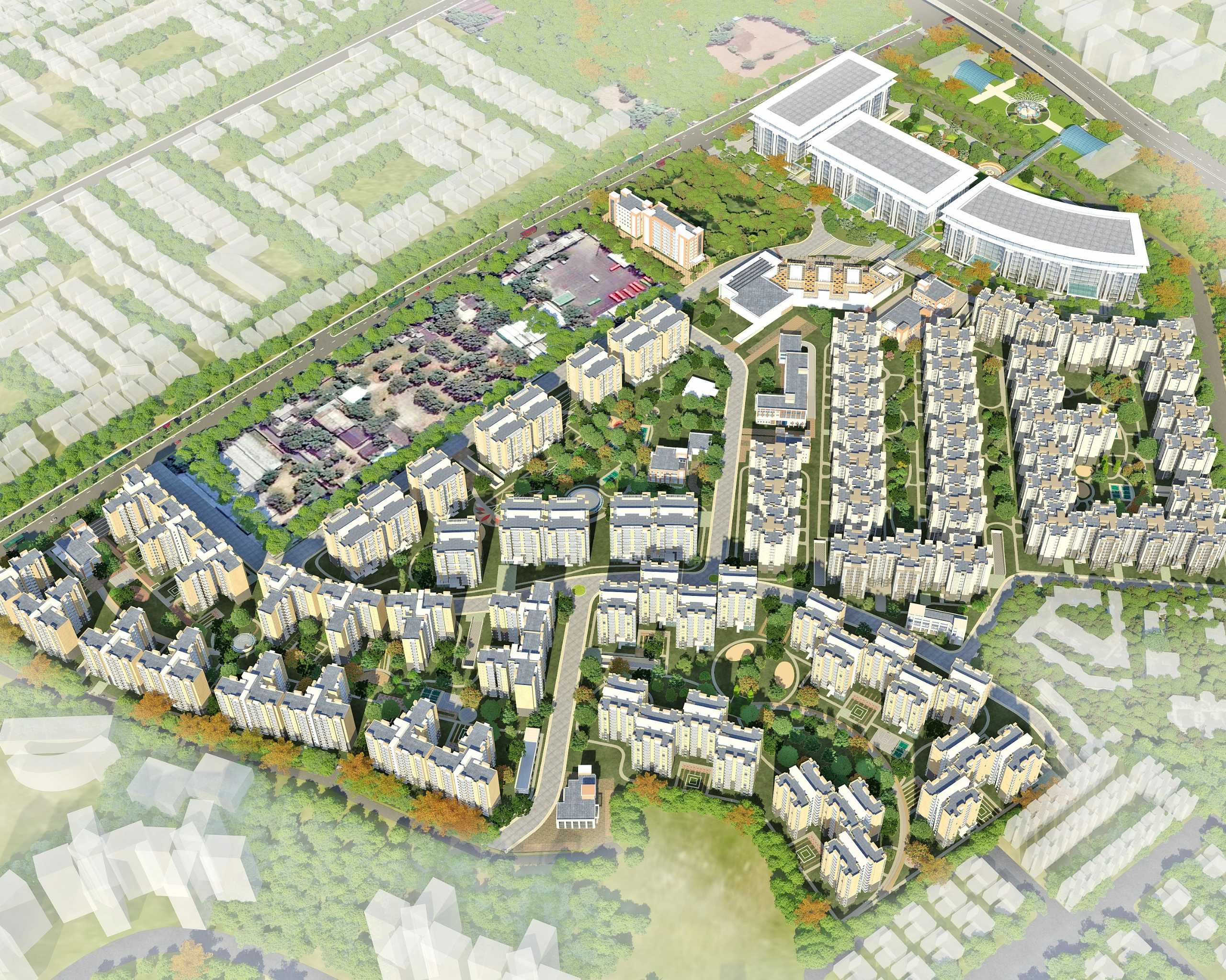Multi-functional Buildings- Jargon or a growing necessity?

An increasing urban population and the consequent need for infrastructure and space have led us to rethink how we design our cities. Although there is a need for a flexible approach towards urban regeneration, interventions at the individual building level are equally crucial. Considering the evolving need for urban infrastructure, space optimisation is a growing necessity in Indian cities today. In recent years, mixed-used buildings have become a popular solution to our urban space problem. Characterised by integrating multiple functions in a space, mixed-use buildings generally combine multiple typologies, such as residential, commercial, retail, hospitality and even industrial buildings.
Apart from being space-efficient, mixed-use buildings are also extremely sustainable. Integrating multiple functions in a single space reduces the need for individual spaces scattered across the city, proving advantageous in curbing vehicular congestion and air pollution. They also use shared resources such as energy, water requirements, waste management, etc., reducing energy consumption and overall carbon footprint, making them highly sustainable.
Although mixed-used buildings integrate multiple functions, many developments that come under this category, such as townships, malls, multi-modal transport hubs, etc., still see segregation of spaces under one roof or completely separate buildings for each function confined in the same site. On the other hand, multifunctional spaces take things a step further by integrating multiple functions within the building and often the same space within the structure. These spaces require a comparatively simpler design approach by eliminating the detail-heavy tailored plans to adopt a more open plan suitable for multiple activities and uses.
Today, mixed-use buildings are seen in most Indian urban cities, such as commercial complexes with working offices, retail outlets, multiplexes, and public spaces or even urban townships combining residential spaces with commercial complexes, institutional buildings, retail outlets, public and community spaces and more. These integrated functionalities are a green option that can resolve multiple urban issues, such as connectivity and space management, resulting in more green spaces, public parks, and pedestrian spaces simultaneously replenishing the urban fabric. Combining commercial, public and retail Mixed-use and multifunctional buildings can lead India towards positive urban regeneration at the grassroots level.




